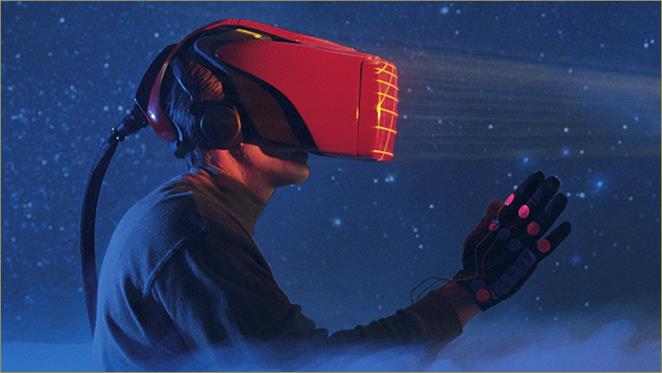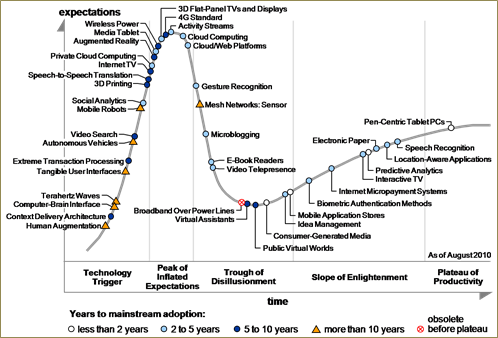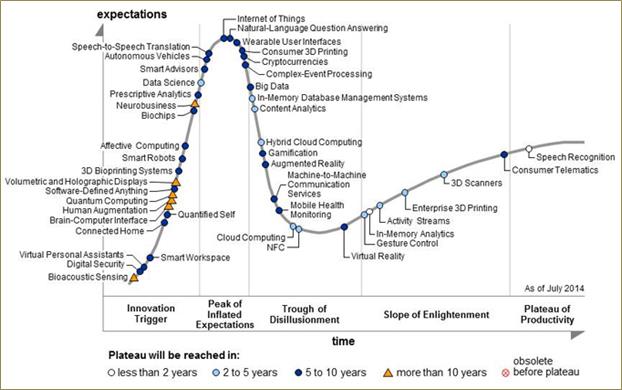
To get a refresher, read this post – I’ve basically been thinking through how large the market for Virtual Reality tech can get from first principle. Is it another game console or will it be as big as the web or mobile? So I was talking to someone I respect a lot about platforms – someone responsible for some of the largest chunks of some of the most scalable platforms EVERYONE uses today. He made a smart comment that I want to repeat here:
New large tech markets are created in 2 parts:
- The incremental user value in the platform itself that creates a pull for customers – e.g. it does novel things (web – followed you around from PC to PC), it’s better than what came before it (mobile + touch – simpler and more personal).
- Developers have to build new innovative apps to take advantage of the platform, not just modify their existing applications.
The second piece is pretty important, but developers mess around all the time, how will you know if the shift is large enough? So here are 2 canaries (in the coal mine) to look for:
- New computer languages – the old languages become a little too inefficient for the new platform. The web saw the rise of HTML, ASP, , Javascript, etc. Mobile saw the modest rise of objective C and Java, but even more so in UI related technologies to take advantage of touch.
- Existing UI tools don’t suffice anymore – this one makes sense, genuinely new platforms generally mean new interaction or new display requirements. The web saw the rise of responsive design and the infinite scroll/pagination. Mobile saw the rise of rapid prototyping tools and chromeless design (to optimize space), etc.
The reader might ask – why do you care how big the market for virtual reality will become? To address this and other questions, I’ve put together a handy Q&A below
Q&A
Q: Why do you care about this? A: Well simply because it’s a question of corporate, venture and product strategy. No-one really knows how things will evolve and examining emerging tech from first principles and strategic insight, helps all sorts of companies be prepared for the future – startups can legitimately get excited and dream of new products. Existing companies can divert resources to new emerging markets instead of being stagnant. If you think something will be the next ‘web’ and it turns out to be just the size of the graphics card market, that will be a lot of wasted investment. Let me illustrate:


Gartner emerging tech hype cycle – 2010 [top] vs. 2014 [bottom]
Not even on the map in 2010 – Virtual Reality, Big Data, Internet of Things. Stuff on the map in 2010 not in 2014 – Micro payments, Interactive TV, Mesh networks, Pen-centric tablet PCs, Augmented Reality, Wireless Power. You can bet some people lost a bundle on some of these technologies.
Q: So if you’re right so what? Good question, even if the expected size/value of a technology misses, it doesn’t have to be a complete loss – SOME people are bound to do well, at least for a while. For example if VR is about the size of the graphics card market or is just another gaming peripheral technology, Oculus Rift will likely still make a bundle. However the size of a market will mean that lots of other people will not get succor from it and will lose money. It may also mean that some companies will see initial success but will flame out and be unsustainable. If people think something is the next big thing and ramp up investment and it turns out not to be…. a lot of money will be lost.
Q: Why are you obsessed with BIG markets? No idea – it’s a bit irrational, like most obsessions. There are a lot of low-hanging fruit out there even in established markets and most returns will remain in Web and Mobile for the foreseeable future. So yeah, I take the hint, don’t be distracted by shiny objects.
